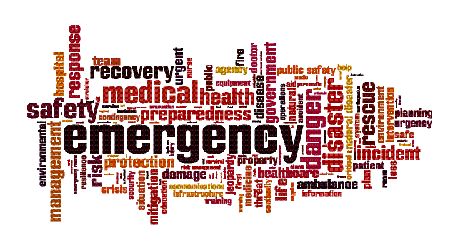Is resilience a nice-to-have or a must-have strategy for healthcare facilities? The question is sure to become more urgent as several parts of the nation recover from natural disasters that have wreaked havoc in recent weeks. Most recently, Hurricane Ida continues its deadly and destructive path in the Northeast U.S. as officials in Louisiana and nearby areas of the Southeast are taking stock of the damage already inflicted there.
In Independence, rescuers were still removing nursing home residents from a warehouse on Thursday after four of them died and hundreds were rescued, according to NOLA. A total of 843 patients were brought to the warehouse from seven nursing homes in Orleans, Lafourche, Jefferson and Terrebonne Parishes because of Hurricane Ida, according to the Louisiana Department of Health said . Four have died so far, and 12 required hospitalization.
In Houma, emergency medical workers were called in to help outside a hospital that was abandoned after Hurricane Ida tore its roof off and flooded the interior according to Reuters. Patients at the Terrebonne General Health System building were evacuated just before the storm came ashore at full strength on Sunday. Ambulances were using the hospital’s parking lot as a staging area for emergency calls across the region.
Whether healthcare facility managers call it emergency preparedness, disaster planning, or resilience, strategies to cope with extreme weather, natural disasters, and long-term climate changes have become increasingly critical. A recent report from the Intergovernmental Panel on Climate Change suggesting catastrophic climate change is imminent unless huge greenhouse gas reductions are successful drives home how critical resilience is now. Some healthcare facility managers see resilience as an add-on, not a core competency. But that thinking is shifting as they become more sophisticated in planning for resilience.

 Building Disaster Resilience Through Collaboration
Building Disaster Resilience Through Collaboration Amae Health Expands to New York City
Amae Health Expands to New York City Hospital for Special Surgery Opens Two New Facilities in New Jersey
Hospital for Special Surgery Opens Two New Facilities in New Jersey Should We Be Testing Toilet Water in Patient Restrooms?
Should We Be Testing Toilet Water in Patient Restrooms? Healthcare Union Petitions for Increased Staff Safety at HCA Florida Hospitals
Healthcare Union Petitions for Increased Staff Safety at HCA Florida Hospitals